7.1.2: 2 Annuals
- Page ID
- 48242
Annual plants grow, produce seeds, and die within one year. In general, annual plants evolved in environments where light, water, and nutrients were available, and they could consistently reproduce in one year or less. Where resource availability is high, plants that can germinate and grow rapidly have a competitive advantage capturing light, nutrients, and water over slower growing plants and are more likely to reproduce. To ensure the survival of their offspring, annuals allocate the majority of their growth to seeds (often contained in fruit); and they tend to produce many seeds.
Human selection of annual crop plants typically further selected for large seeds and/or fruit. Some examples of annual crop plants are corn, wheat, oats, peppers, and beans (see photos). What are some other examples of annual crop plants?
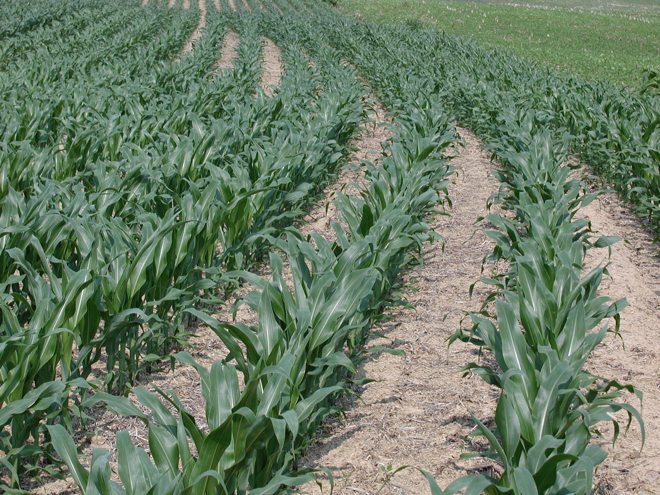
Figure 6.1.1.: Cornfield. Credit: Heather Karsten
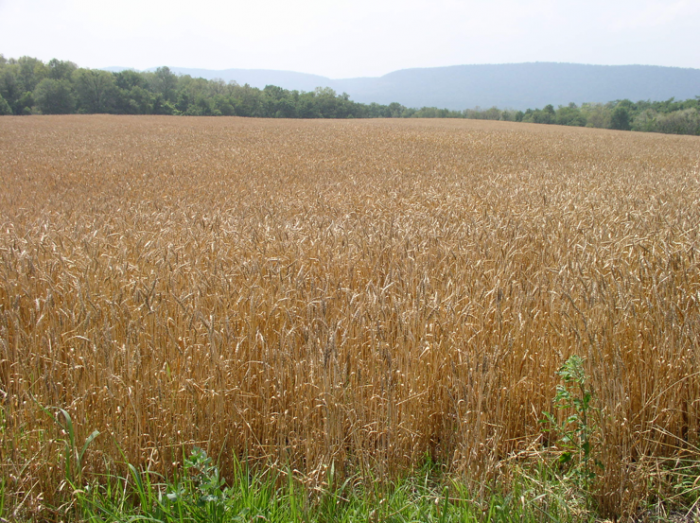
Figure 6.1.2.: Wheatfield. Credit: Heather Karsten
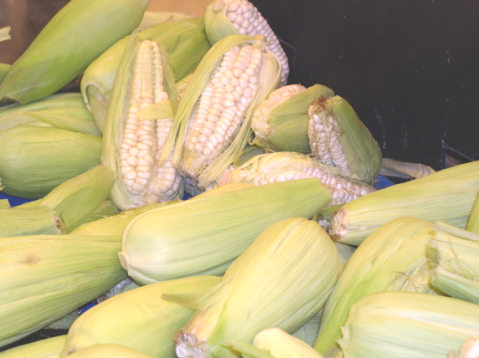
Figure 6.1.3.: Corn Grain. Credit: Heather Karsten
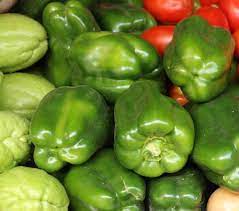
Figure 6.1.4.: Peppers. Credit: pixabay

Figure 6.1.5.: Beans. Credit: pixabay
Annual crop plants are generally categorized into one of the three seasons that falls in the middle of their plant growth life cycle: spring, summer, or winter. For instance, summer annuals are generally planted in late spring, grow and develop through summer, and complete their lifecycle by late summer or autumn. Winter annuals are generally planted in early autumn and germinate and grow in autumn. Depending on how cold the winter is where they are cultivated, winter annuals may grow slowly in winter or become dormant until spring. In spring, they grow, flower, and produce seed by early to mid-summer (See Figure 6.1, Annual Crop Types). After an annual crop is harvested, in some regions farmers may be able to plant another crop, such as a winter annual crop after a spring annual crop, this is referred to as double-cropping (cultivating two crops in one year). If only one crop is cultivated in a season, the soil may be left exposed until the next growing season. Leaving crop residue on the soil can reduce erosion, but planting another crop with live plant roots and aboveground vegetation provides better soil protection against water and wind erosion. Alternatively, a cover crop may be planted after the harvested crop to protect the soil from erosion and provide other benefits until the next crop is planted. Cover crops are typically annual crops that can establish quickly; you will learn more about cover crops in Module 7.
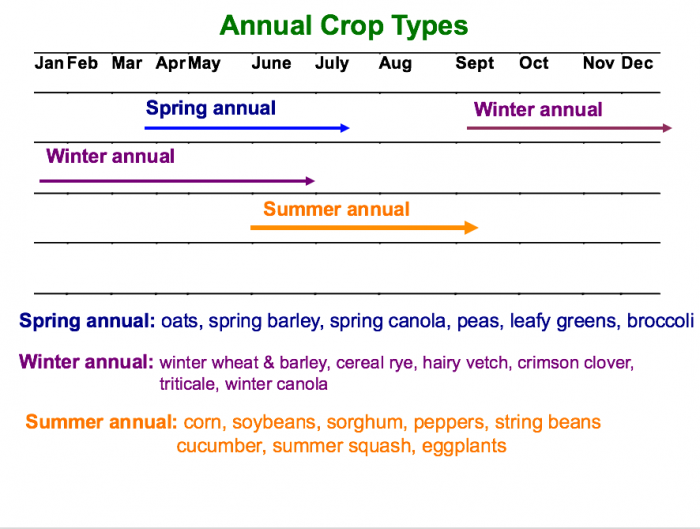
Figure 6.1.6.: Annual seasonal crop types with their approximate growing seasons in Northeastern US, Credit: Heather Karsten
- Click for a text description of the Annual Seasonal Crop Types image.
-
Spring annual (April-July): oats, spring barley, spring canola, peas, leafy greens, broccoli
Winter annual (September-July): winter wheat &barley, cereal rye, hairy vetch, crimson clover, triticale, winter canola
Summer annual (June-October): corn, soybeans, sorghum, peppers, string beans, cucumber, summer squash, eggplants


